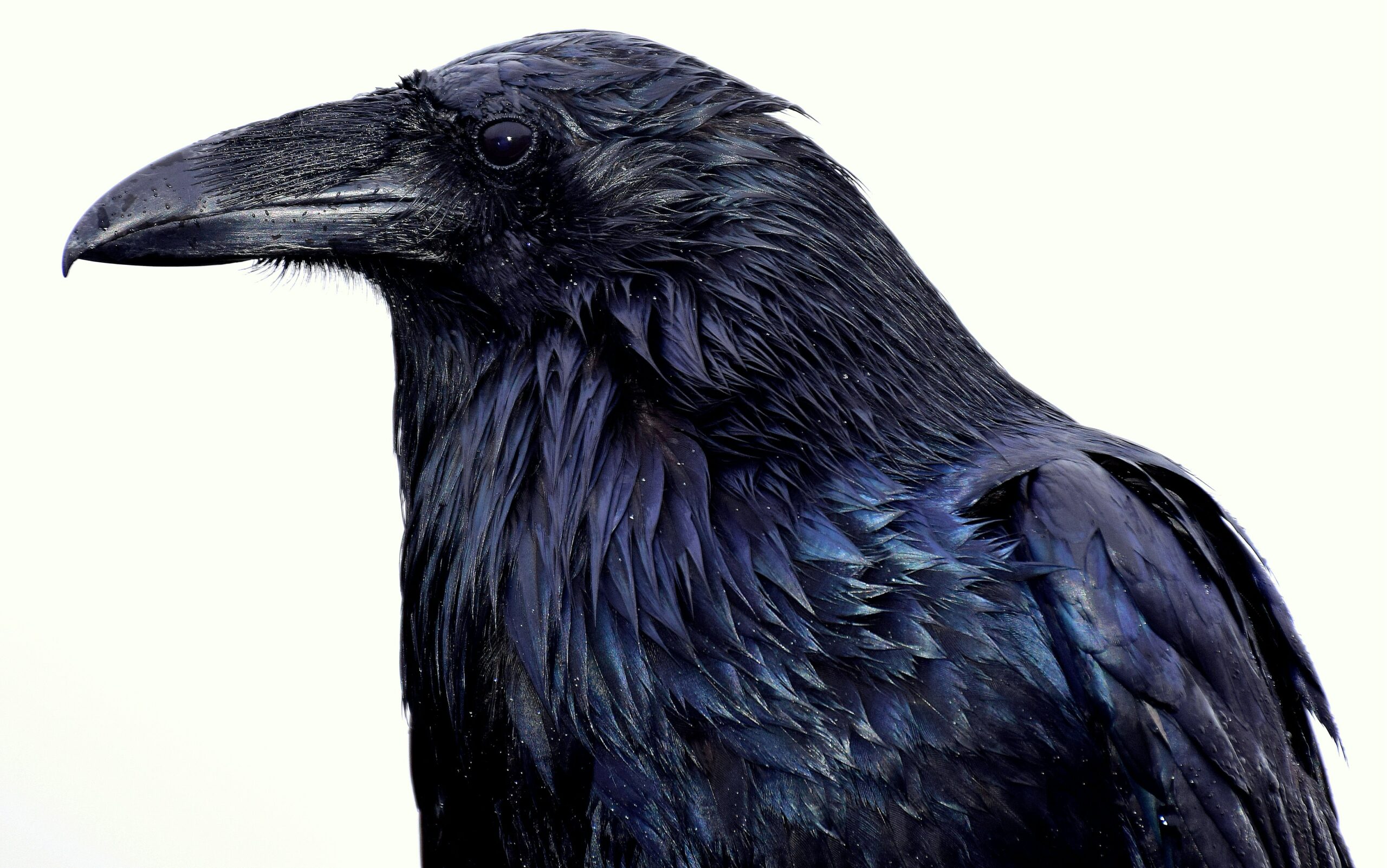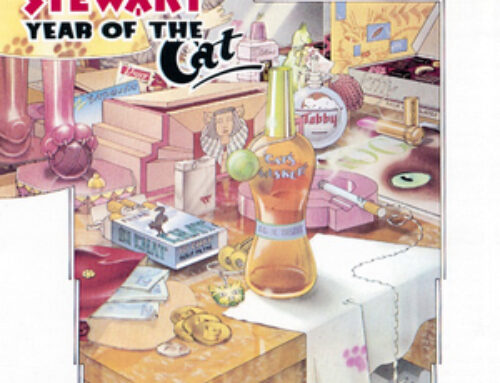Unity of Impression: lessons in writing from The Raven
“If any literary work is too long to be read at one sitting, we must be content to dispense with the immensely important effect derivable from unity of impression—for, if two sittings be required, the affairs of the world interfere, and everything like totality is at once destroyed.”
In 1846, following the success of his poem The Raven, Edgar Allan Poe published an essay on The Philosophy of Composition. Using The Raven as a reference, Poe sets out his remarkably rigorous approach to composition.
It’s a fascinating read, not least because the jury is still out on whether or not he was being wholly serious.
In the essay, Poe describes the pain-staking process of deciding upon: the desired effect, the length, the tone, the need for a refrain, for the refrain to be a single, sonorous word, the decision on the word “Nevermore”, the need for the speaker to be animal not human. Only then, he tells us, po-faced, that
“Here, then, immediately arose the idea of a non-reasoning creature capable of speech; and, very naturally, a parrot, in the first instance, suggested itself, but was superseded forthwith by a Raven, as equally capable of speech, and infinitely more in keeping with the intended tone.”
Having dodged the parrot, Poe moves on to what the poem’s topic might be, and to issues like character, setting and situation.
While it’s hard to take this methodical description entirely seriously, the essay contains valuable insights and guidance.
Poe’s Unity of Impression (sitting alongside Aristotle’s Unities of Place, Time and Action) is a useful concept, especially for business writers. The way that he describes his choice of language, rhythm, rhyme and pace ring true, especially as the poem builds to its climax and both protagonist and reader realise the true nature of the situation:
“But in subjects so handled, however skilfully, or with however vivid an array of incident, there is always a certain hardness or nakedness, which repels the artistical eye. Two things are invariably required — first, some amount of complexity, or more properly, adaptation; and, secondly, some amount of suggestiveness — some under-current, however indefinite of meaning.”
The essay and the poem are available on the very wonderful site, The Poetry Foundation. Both are worth a read.
Photo by Michael Jerrard on Unsplash









